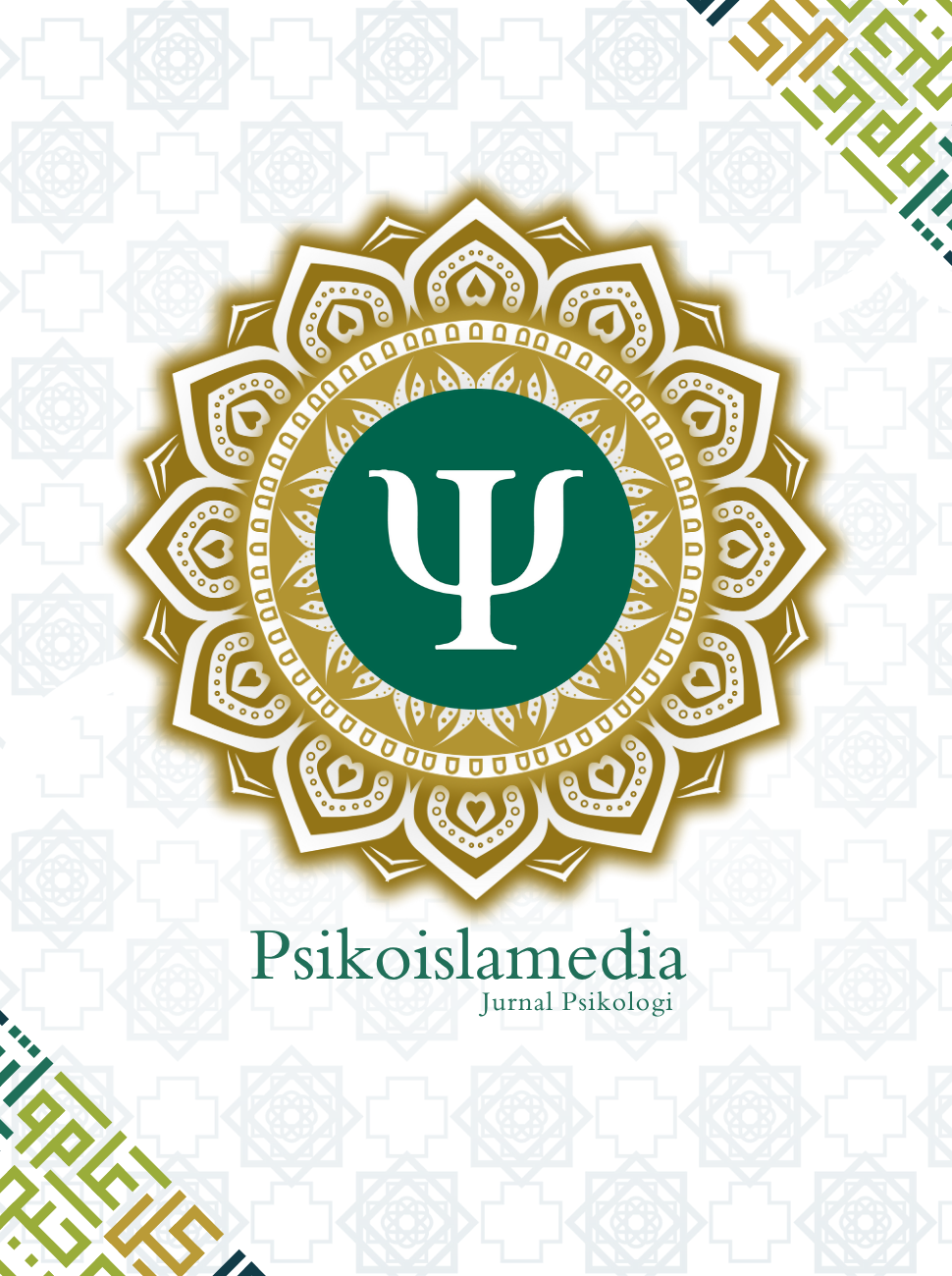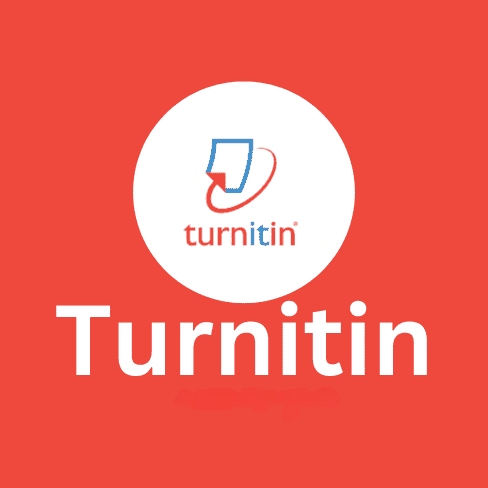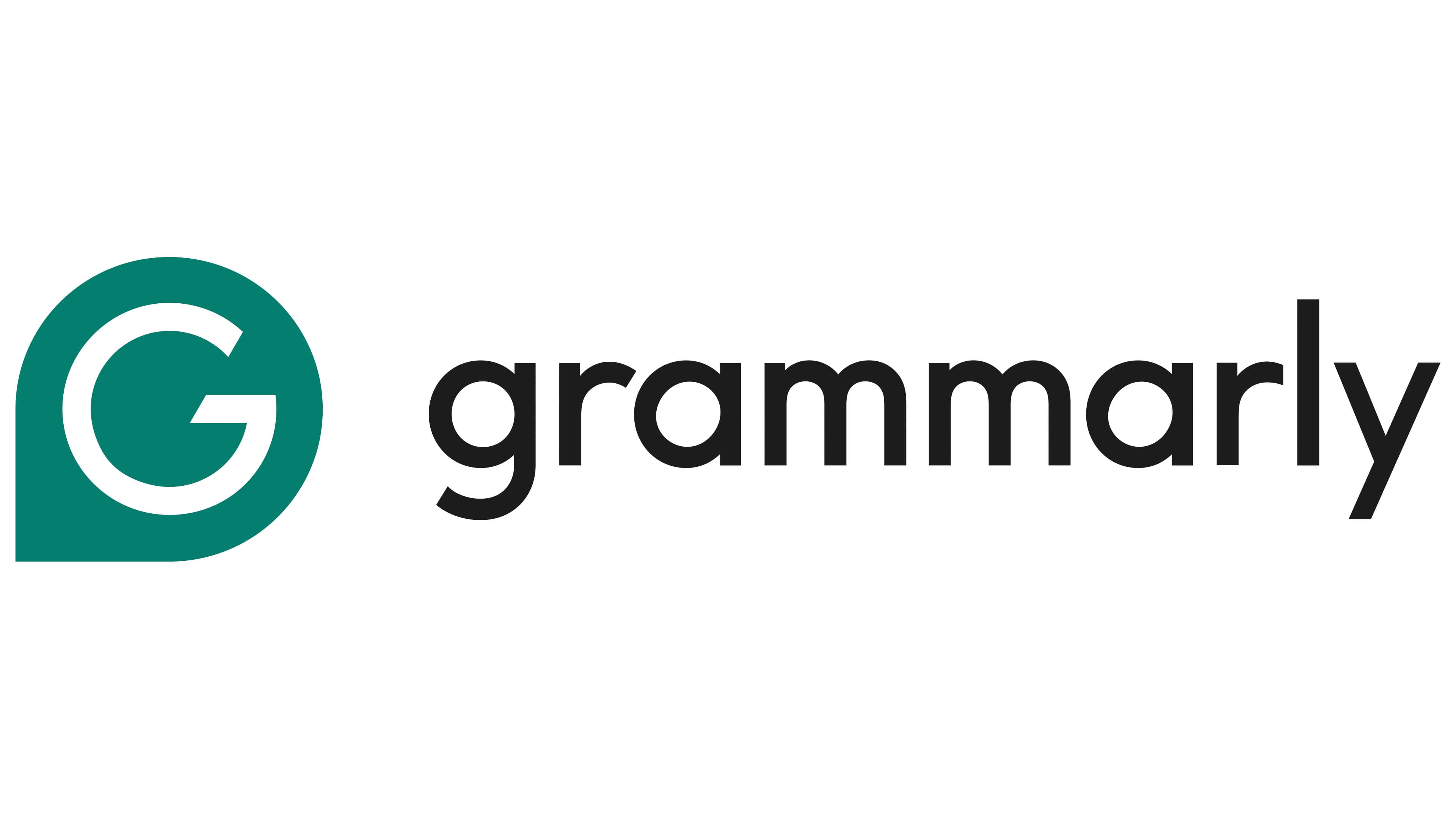APPLICATION OF VERBAL BEHAVIOR METHOD (ABA-VB) FOR CHILDREN WITH SPEECH DELAY DISORDERS
DOI:
https://doi.org/10.22373/psikoislamedia.v8i2.16172Keywords:
speech delay, ABA-VB, early childhoodAbstract
Speech delay is disorder that attacks the speech organs so that speech delays occur in children who have entered the speaking up. Speech delay disorder is seen as a disorder that most often affects children. The reasons for this disturbance also, starting from internal and external factor. Internal factors are more concerned with the physiological condition of the child. It is likely that the child has a disorder that he carries from birth. The external factors can be obtained environment and play. Verbal Behavior was introduced by Skinner where research on verbal behavior began in 1935, verbal behavior aims to apply language skill that children have, with a richer language vocabulary of communication for children with their environment. The purpose of this study was to see the effectiveness of the verbal behavior method (ABA-VB) which is applied to children with speech delay disorder at Bintang Kecil therapy center. The research location is at Bintang Kecil therapy center, Banda Aceh, Indonesia. This study uses experimental techniques the one group pretest posttest with single research subject (SSR), which is an approach that provides treatment to one research group using only one research subject, then the result will be calculated the difference. The treatment uses is to provide the ABA-VB method treatment. This research analysis uses descriptive statistics by using graphs to see changes in learning outcomes. The result of this study is that there is a significant increase in verbal ability in children with speech delay disorder. This research can be used as a reference for target subjects, and a support for the application of the ABA-VB method to children with speech delay disorder that are balanced with balance disorders in various theraphy center and special schools for children with special needs in Banda Aceh, Indonesia.
References
Amato, L. D. (2013). Applied Behavior Analysis : The Italian Experience of the Scoulaba Model For Children With Autism Spectrum Disorder. In
D. Riva, S. Bulgheroni, & M. Zappela, Neuorobiology, Diganosis, And Treatment Autism An Update (p. 14). Paris: Jhon Libbey Eurotex .
Andriyani, A. (2013). Gangguan Tumbuh Kembang Pada Anak. In B. Raehanul, Bagaimana Mendidik Anak yang Bandel (p. 17). Pustaka Muslim: Yogyakarta.
Barbera, M. L. (2007). The Verbal Behavior Approach How To Teach Children With Autism and Related Disorder. London and Philadelpia: Jessica Kingsley Publishers.
Bellack, A. S., Hersen, M., & Kazdim, A. E. (1990). International Handbook of Behavior Modification And Theraphy . New York: Plenum Press.
Campbell, dkk. (2003). Risk Factors for Speech Delay of Unknown Origin in 3Year-Old Children. http://www.waisman.wisc.edu/phonology/pubs/PUB18.pdf. Diakses pada tanggal 21 Februuari 2018
Sawyer, J. (2017). I think I can: Preschoolers’ private speech and motivation in playful versus non-playful contexts. Early Childhood Research Quarterly, 38, 84–96. http://doi.org/10.1016/j.ecresq.2016.09.004
Crain, W. (2016). Theories of Development. New York: Routledge.
Fitriyani, Sumantri, M. S., & Supena, A. (2018). Gambaran Perkembangan Berbahasa Pada Anak Dengan Keterlambatan Bicara (Speech Delay): Studi Kasus Pada Anak Usia 9 Tahun Kelas 3 Sd Di Sds Bangun Mandiri. Universitas Negeri Jakarta , 61.
Gast, D. L. (2010). Single Subject Research Methodology In Beavioral Science. New York: Rouledge.
Gemilang, A. (2013). Aktivitas dan edukasi. Retrieved Oktober 31, 2019, from nutriclub.co.id: https://www.nutriclub.co.id/kategori/balita/aktivitas- edukasi/kenali-tanda-tanda-keterlambatan-bicara-pada-balita/.
Greer, R. D., & Keohane, D.-D. (2005). The evolution of verbal behavior in children. Behavioral Development Bulletin, 12(1), 31-47. http://dx.doi.org/10.1037/h0100559
Hamdi, A. S., & Bahruddin, E. (2014). Metode Penelitian Kuantitatif Aplikasi Dalam Pendidikan. Yogyakarta: Deepublish.
Isti`Adah, Feida Noorlaila. (2020). Te
Downloads
Additional Files
Published
Issue
Section
License
Authors who publish in this Journal agree to the following terms:
- Authors retain copyright and grant the journal right of first publication with the work simultaneously licensed under Attribution-ShareAlike 4.0 International (CC BY-SA 4.0) allows others to share the work with an acknowledgment of the work's authorship and initial publication in this journal.
- Authors are able to enter into separate, additional contractual arrangements for the non-exclusive distribution of the journal's published version of the work (e.g., post it to an institutional repository or publish it in a book), with an acknowledgment of its initial publication in this journal.
- Authors are permitted and encouraged to post their work online (e.g., in institutional repositories or on their website) prior to and during the submission process, as it can lead to productive exchanges, as well as earlier and greater citation of published work. (See The Effect of Open Acces)














